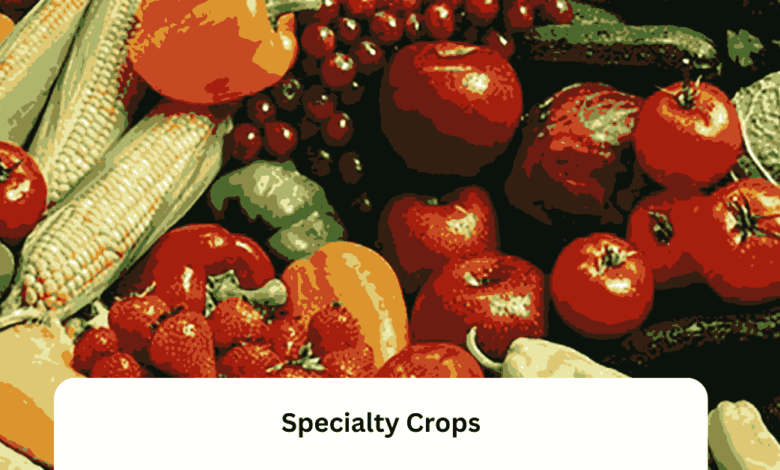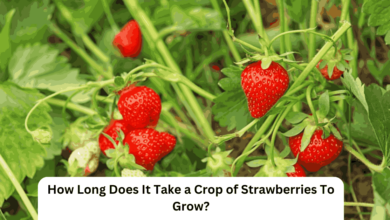Specialty Crops: Exploring the Benefits of the Pawpaw

Native plants enrich ecosystems and sustain life. Their fruits, nuts, seeds, and nectar provide sustenance. Their branches offer shelter and a place to raise the young. A native plant nursery will have a wide selection of Specialty Crops.
The Farm Bill defines these crops as “fruits and vegetables, tree nuts, dried fruits, horticulture, and nursery crops (including floriculture).” These are plants managed and used by people for food, medicinal purposes, or aesthetic benefits.
This article focuses on the pawpaw (Asimina triloba), a native, fruit-bearing native tree.
About the Pawpaw
The pawpaw is an understory tree found in deciduous woodlands and woodland openings. The tree belongs to a tropical family of plants. Only two species of trees from this family that occur in North America.
Pawpaw trees are easy to identify with their leaves and large fruits. In fact, it produces the largest edible fruit native to North America. The pawpaw is the only member of the family native to Missouri. Its natural range is Missouri, east Texas to Pennsylvania, and south to South Carolina.
Pawpaw fruits are also known as “poor man’s banana,” “American custard apple,” and “Missouri banana”. The pawpaw is a delicious fruit packed with nutrition.
Its yellow-orange, buttery flesh has a tropical flavor. Some describe the flavor as a combination of banana, mango, and melon. Pawpaw fruit is delicious raw or incorporated into various culinary creations. Many people eat raw sweet-flavored pawpaw fruit with ice cream or cooked in pies or custard.
Cultivating pawpaw for fruit requires two unrelated trees for cross-pollination to set fruit. In fall, pawpaw trees provide brilliant yellow foliage.
Pawpaw is a versatile tree, useful in a variety of landscapes. It thrives in a wide range of soil conditions and can adapt to both sun and shade. Its adaptable nature makes it an excellent choice for reforestation efforts.
Pawpaw and Wildlife
Planting pawpaw trees helps foster biodiversity and support wildlife. The pawpaw flowers are a valuable nectar source for pollinators. Pawpaw fruit serves as food for various wildlife, including birds and small mammals.
Pawpaw Medicinal Uses
Beyond its ecological benefits, the pawpaw offers homeopathic properties. Native Americans used various parts of the plant to treat diverse ailments. These treatments helped reduce fever, stomachaches, and lice infestations.
In recent years, scientific research has shed light on the pawpaw’s potential as a source of bioactive compounds, some of which have anticancer and antiviral properties.
Environmental Remediation and Restoration
Pawpaw grows well in diverse environments and is resistant to pests and diseases. Pawpaw trees are particularly beneficial in riparian zones (the interface between land and a river or stream). Its roots help with erosion control, making it ideal for wetland remediation projects.
Root Production Method(RPM)
RPM (Root Production Method®) gives native plants an advantage. RPM is an all-natural method that works with the plant. Decades of field research and experience yield superior plants with a 12-step RPM production process. Each step ensures your RPM plants are destined to grow stronger, healthier, and faster than traditionally produced plants.
The proprietary blend of soil media in the RPM-produced plant helps improve the plant’s surrounding soil. This will increase water and nutrient absorption and overall vitality. Healthy soil nurtures the correct balance of native woodies and perennials, which in turn supports a diverse and appropriate hierarchy of microorganisms, insects, amphibians, reptiles, birds, and mammals.
Discover Native Specialty Crops at a Native Plant Nursery
Native plant nurseries can grow a vast inventory of native plants and other specialty crops. Nurseries take pride in providing clients with the highest-quality natives in the industry.
Native plants positively impact the environment and are the foundation for conservation, restoration, and agroforestry.



